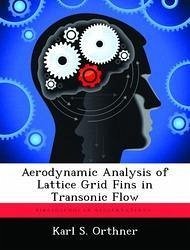
Flow Separation Prevention on a Turbine Blade in Cascade at Low Reynolds Number
Versandkostenfrei!
Versandfertig in über 4 Wochen
52,99 €
inkl. MwSt.
Weitere Ausgaben:

PAYBACK Punkte
26 °P sammeln!
The problem of flow separation from a low pressure turbine blade was investigated. The operating conditions under which the separation occurred were documented through measurement of surface pressure coefficients, boundary layer velocity and turbulence profiles, total pressure loss coefficient and wake velocity momentum deficit. Three different means for reducing the losses associated with the flow separation were also investigated. A boundary layer trip, dimples, and V -grooves were studied as passive means requiring no additional energy to reduce the separation losses. The boundary layer tr...
The problem of flow separation from a low pressure turbine blade was investigated. The operating conditions under which the separation occurred were documented through measurement of surface pressure coefficients, boundary layer velocity and turbulence profiles, total pressure loss coefficient and wake velocity momentum deficit. Three different means for reducing the losses associated with the flow separation were also investigated. A boundary layer trip, dimples, and V -grooves were studied as passive means requiring no additional energy to reduce the separation losses. The boundary layer trip was only successful for an inlet and axial chord Reynolds number of 50k with a reduction in loss coefficient of 58.2%. Three sets of dimples were tested with the placement of each at axial chord locations of 50%, 55%, and 65%.












